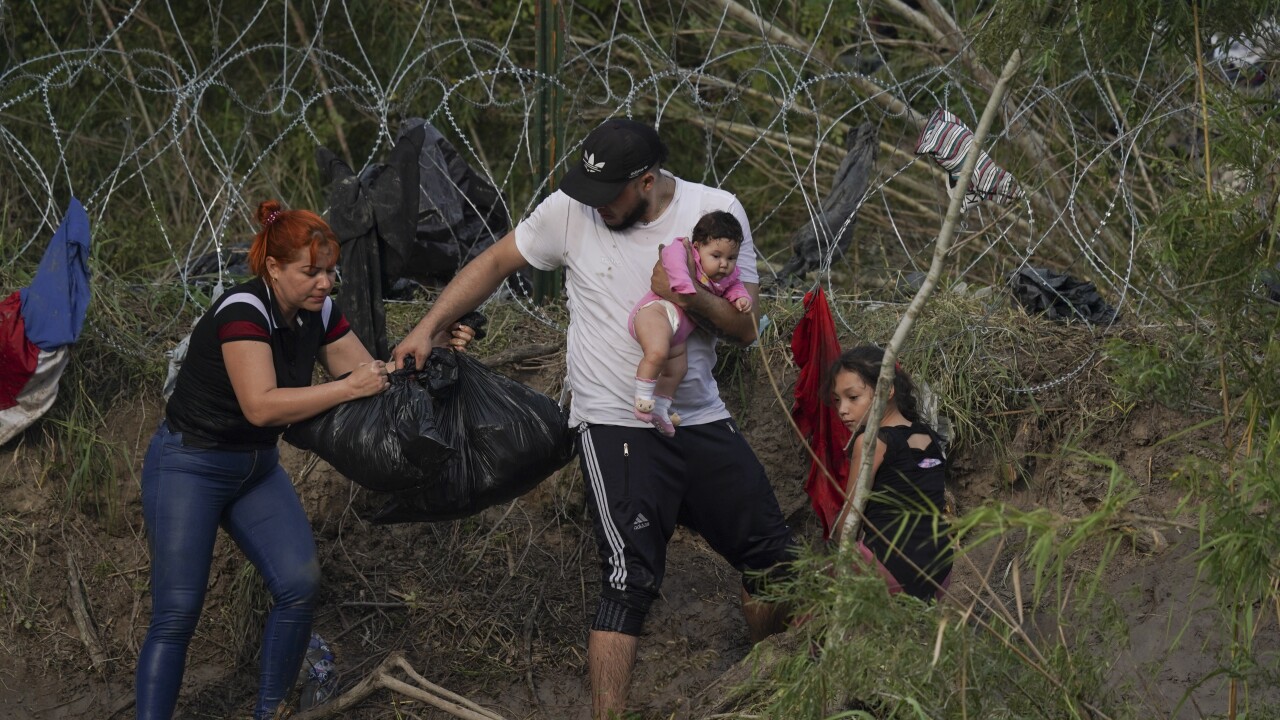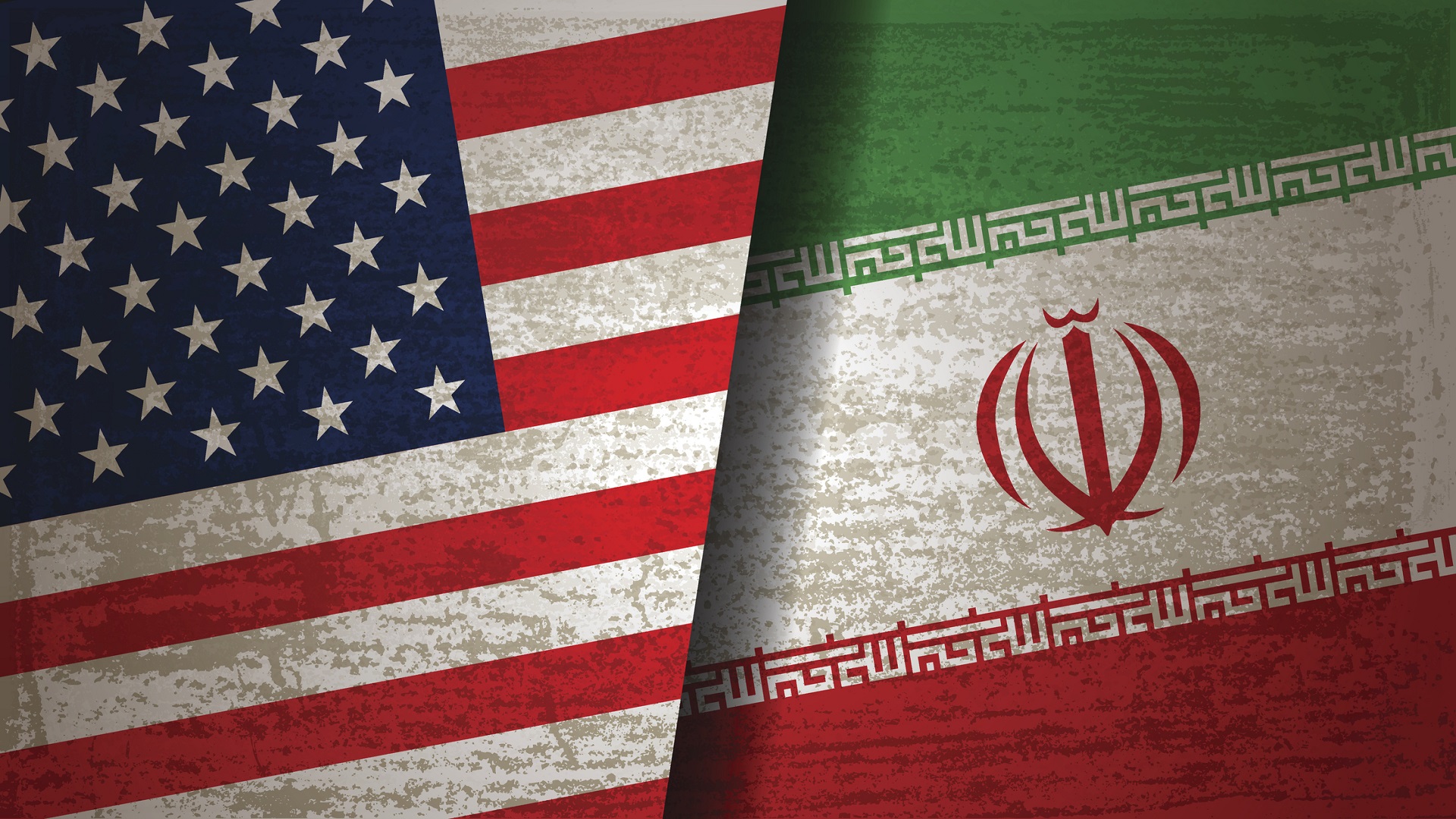The US-Mexico Border: A Deadly Migration Route
The US-Mexico border has long been known as one of the most dangerous migration routes in the world. Thousands of people risk their lives each year as they attempt to cross this unforgiving terrain in search of a better life. The treacherous journey is fraught with peril, and the statistics paint a grim picture of the human toll it takes.
According to a report by the International Organization for Migration (IOM), the US-Mexico border has been the site of the highest number of migrant fatalities in the world since 2014. The harsh desert conditions, extreme temperatures, and lack of water make it an incredibly inhospitable environment. Many migrants, ill-prepared for the journey, succumb to heatstroke, dehydration, and other medical emergencies.
The Cost of Human Lives
The number of deaths along the border is staggering. From 2014 to 2019, over 3,000 migrants lost their lives while trying to cross into the United States. These are not just numbers; they represent human beings with dreams, aspirations, and loved ones left behind. Each life lost is a tragedy that highlights the desperate circumstances driving people to take such risks.
A Humanitarian Crisis
The situation at the US-Mexico border is not just a border security issue; it also constitutes a humanitarian crisis. As increasing numbers of migrants attempt to cross, they are stretching the resources available to aid and rescue them to the breaking point. Humanitarian organizations and border patrol agents are working tirelessly to provide medical assistance, water, and shelter to those in need. However, the sheer scale of the problem often overwhelms their efforts.
Finding Solutions: Addressing the Root Causes
To effectively address the issue of migration and prevent further loss of life, it is crucial to address the root causes that drive people to undertake such perilous journeys. Poverty, violence, and lack of economic opportunities in countries like Honduras, El Salvador, and Guatemala compel many individuals to flee their homes in search of safety and a better future for themselves and their families.
Investing in long-term solutions is essential. Collaborative efforts between the United States and countries in Central America to promote economic development, improve security, and uphold human rights can help tackle the root causes of migration. By creating job opportunities, supporting education, and strengthening governance, the conditions that force people to flee can be addressed at their source.
Strengthening Border Security with Compassion
While addressing the root causes is crucial, it is equally important to ensure the safety and security of those who attempt to cross the border. Enhancing border security measures must go hand in hand with respecting the rights and dignity of migrants. Investing in more border patrol agents, providing additional resources for humanitarian efforts, and improving coordination between government agencies and nonprofit organizations can help create a more humane approach to border management.
Furthermore, to establish legal pathways for migrants to enter and work in the United States, we need to implement comprehensive immigration reform. This would discourage dangerous and illegal border crossings, while also recognizing the contributions that migrants make to the country’s economy and society.
In conclusion, the US-Mexico border has tragically become the deadliest land migration route in the world. The loss of thousands of lives underscores the urgent need for action and collaboration. So, by addressing the root causes of migration, strengthening border security with compassion, and implementing comprehensive immigration reform, we can strive towards a safer and more just future for all.




